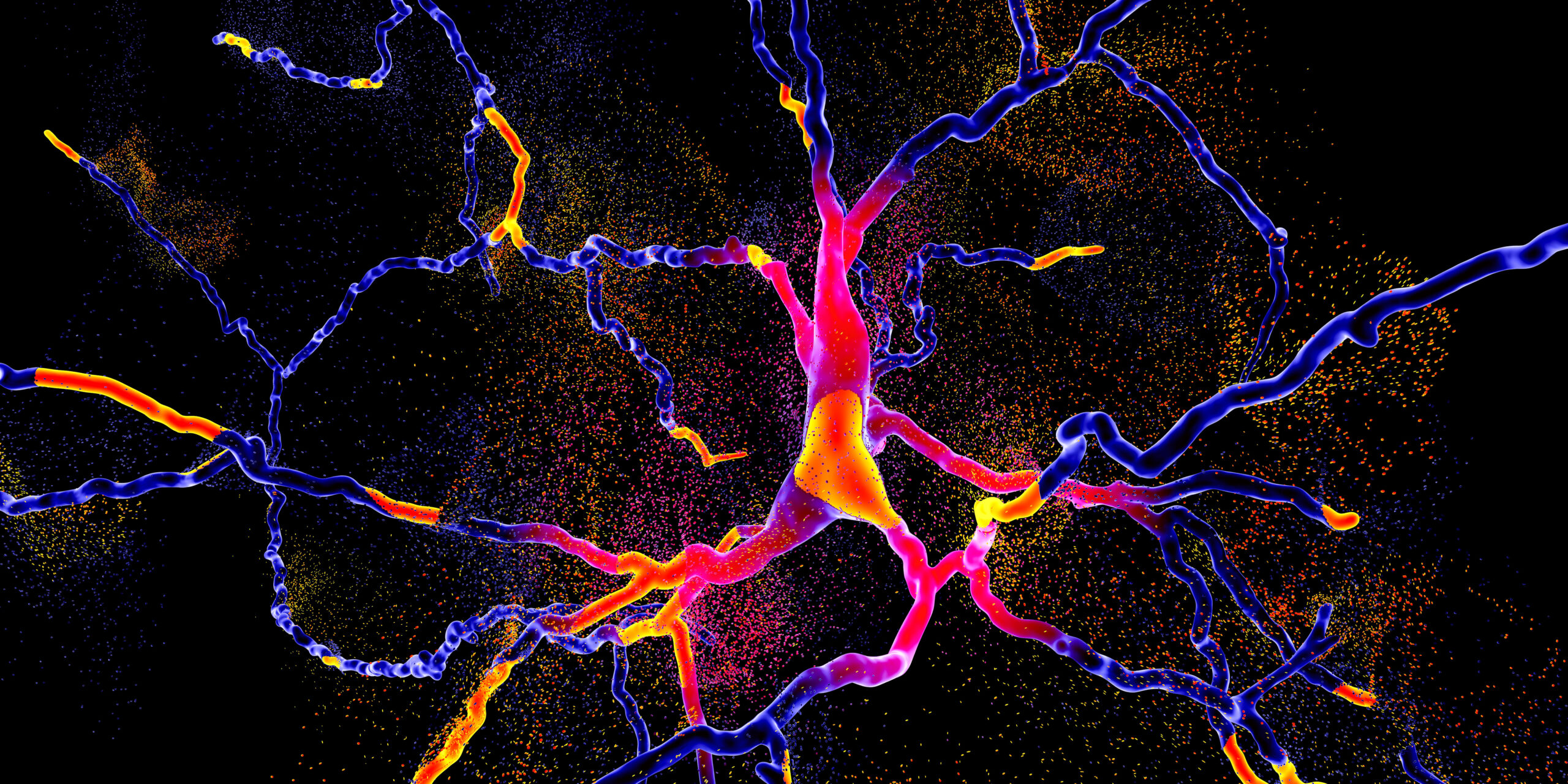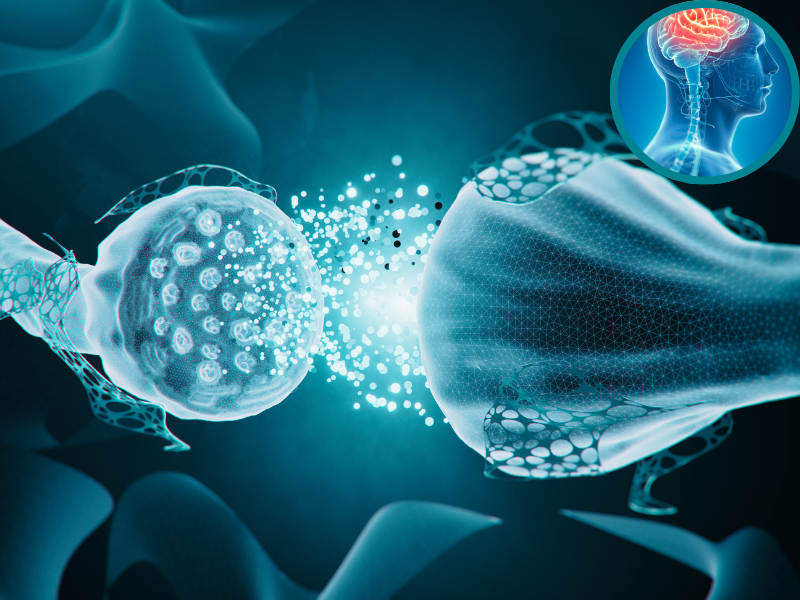Challenges in Developing Organoids for Neuroscience

Organoids present exciting new modalities for drug discovery by modelling organs. The defining point in a drug’s development cycle will be getting it into the clinic, so accurate and robust modelling in the preclinical stages is vital to ensure such. Oxford Global’s Discovery Week: Online brought together some preeminent scientists that work within the field of developing organoids for neuroscientific drug development.
Shuibing Chen is Kilts Family Professor at Weill Cornell and works on using stem cells to generate functional organoids for translational research. Alison Rowles joined Chen in the panel discussion: Translational Models from 3D to Animal Model of Disease – Neuroscience. Rowles is Senior Scientific Director of Pathology at GSK.
What Are the Challenges of Developing Organoids? – Modelling Old Brains with Young Cells
Chen explained that, for the most-part, organoids emerged out of a need to study human development. Although animal models could provide a lot of useful information, animal lifeline and growth are often different to how human organs progress throughout their life.
“So, there was an early need to develop human models to study brain development, and that was originally how the organoid came about,” said Chen. She added that labs can now culture organoids for several weeks, months and in some cases years, but a challenge with this is that they are being developed in the foetal or neonatal stages.
Because the diseases that Chen studies often develop in older humans, like Parkinson’s or Alzheimer’s disease, organoids cannot capitulate the CNS’s biology at these later stages of life. “That’s why a lot of organoids are used to study how congenital diseases and how genetic mutations affect brain development,” Chen added, “or they are used for infectious diseases like Zika that impairs brain development.”
Here Rowles explained further, “this problem is because organoids are derived from induced pluripotent stem cells (iPSCs), from an embryonic state.” But she also stated that this is a problem that animal models have had too. In order to model the pathology, you need to wait for the animal to get older, and in the field of drug discovery, there isn’t the time to do so.
A major breakthrough for the field would be to age organoids so that they can be used to model diseases like Parkinson’s or Alzheimer’s disease — diseases that occur in older populations. Rowles asked: “How do we develop those more established phenotypes of our neurons and glia?”
Chen elaborated that there have been organoids used to study Alzheimer’s and Parkinson’s, but that research has been focussed on the inherited form. Those researchers have been working on the hypothesis that some phenotypes of inherited Alzheimer’s or Parkinson’s will develop much earlier than the patient develops symptoms. Therefore, researchers can study and target those phenotypes of the disease before it has been known to show its symptoms.
What Are the Next Steps to Making Organoids More Fit-For-Purpose? – Balancing Complexity and Robustness of Organoids
Chen suggested that “another way in which to improve organoids is to make them more complicated.” She described how the aging process does not just affect the cell phenotype, but also its microenvironment provides a substantial amount of signalling to promote maturation. So, many labs are working on emulating vasculature systems and microglia of the brain in the organoid and therefore, making the organoid closer to the microenvironment of the human brain.
Here, Rowles clarified that this can in turn have its own challenges, however: “For me, it’s a question of what would be nice versus what is achievable.” Rowles agreed that it would be advantageous to recapitulate those complex pathologies:
“Specifically, for a disease like Parkinson’s, it would be good to confidently establish some of the neuronal pathways. For example, the nigrostriatal pathway is very important in Parkinson’s. But the question still remains, is that modelling easily achievable?”
Rowles is interested to see how far its development can get. “We can recapitulate some microvasculature, but how robust is that blood–brain barrier architecture in terms of its alignment with the various neuronal and glial types?”
Chen agrees that this development is still in its relatively early stages and more needs to be done to properly characterise the cells in the brain: “It is not a system that is ready to go. it’s a question of balance. The more complicated the organoid system is, the less robust it will be.”
The way Chen’s team works with organoids is to start simple and add more complexity when and if it is needed, she explained. For example, in cases where the vascular is important, like when they need to test whether a drug can cross the blood–brain barrier, this is a complex element that they will add to their organoid.The ultimate goal is to make it a more complex system, but it needs more work before scientists can do that consistently and robustly.
The development of organoids to studying neurological disease has the promise to open up the doors to greater understanding of the most complex organ we have. Furthermore, it grounds the potential for new drugs working on new targets which could be game-changing for people that suffer with, or are genetically predisposed to, those regressive diseases.
Join our 2-day Drug Discovery Europe conference, addressing new modalities such as protein degradation, and case studies on the integration of screening approaches in phenotypic and genomics-based discovery, Organ-on-a-chip and 3D modelling.







.png)